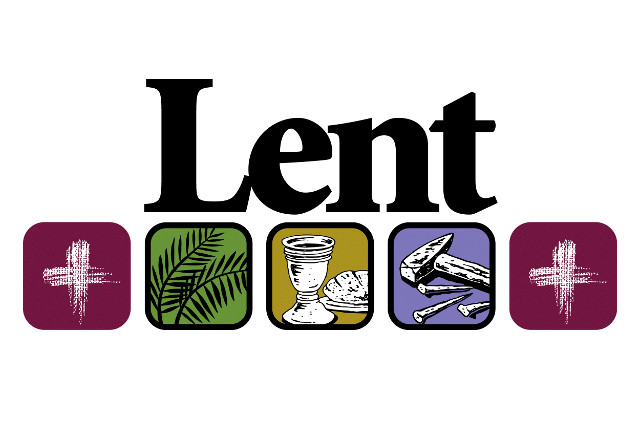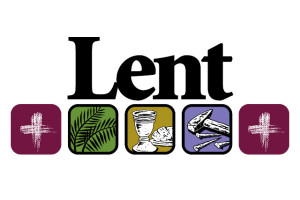
10 Things You Should Know About Lent (Part 4)
Last week, I have shared to you the difference between Fasting and Abstinence which we Catholics practice during the season of Lent.
 Now, let us learn about: Fat Tuesday and Palm Sunday
Now, let us learn about: Fat Tuesday and Palm Sunday
7. FAT TUESDAY (MARDI GRAS)
Mardi Gras (French), or literally “Fat Tuesday” is a popular celebration which is known as a riotous event. Though it has become known hedonistic, its roots come from the Christian calendar which is the “last hurrah” before Lent begins, according to AmericanCatholic.org.
“What is less known about Mardi Gras is its relation to the Christmas season, through the ordinary-time interlude known in many Catholic cultures as Carnival. (Ordinary time, in the Christian calendar, refers to the normal “ordering” of time outside of the Advent/Christmas or Lent/Easter seasons),” it added.
Fat Tuesday is the last hurrah before Lent begins, since in Catholic cultures, Carnival comes from the Latin words carne vale (farewell to the flesh). Like many Catholic holidays and seasonal celebrations, it likely has its roots in pre-Christian traditions based on the seasons.
“The Carnival season kicks off with the Epiphany, also known as Twelfth Night, Three Kings’ Day and, in the Eastern churches, Theophany. In cultures that celebrate Carnival, Epiphany kicks off a series of parties leading up to Mardi Gras,” the article posted in the website added.
8. PALM SUNDAY
The sixth Sunday in Lent, Palm Sunday marks the beginning of Holy Week, the final week of Lent immediately preceding Easter. Palm Sunday falls on March 29 this year.
According to Catholic Online, Palm Sunday is a Christian moveable feast that falls on the Sunday before Easter. The feast commemorates Jesus’ triumphal entry into Jerusalem, an event mentioned in all four canonical Gospels.
In the Gospel, Jesus rode a donkey into Jerusalem, where people greeted him and they laid down their cloaks and laid down small branches of trees.
“The symbolism of the donkey may refer to the Eastern tradition that it is an animal of peace, versus the horse, which is the animal of war. A king came riding upon a horse when he was bent on war and rode upon a donkey when he wanted to point out he was coming in peace. Jesus’ entry to Jerusalem would thus symbolize his entry as the Prince of Peace, not as a war-waging king,” the article in the website added.
In the Philippines, the scenario of Jesus’ triumphant entry into Jerusalem is sometimes re-enacted with the officiating priest, in red vestments, riding on horseback or carabao around or towards the church, with the faithful gathering in ornately woven palaspas or lukay (palm branches) before the celebration of the Holy Eucharist.
The people wave the palms to be blessed by the priest. They will bring their woven palms to be placed on altars or above doorways and windows.


No Comments